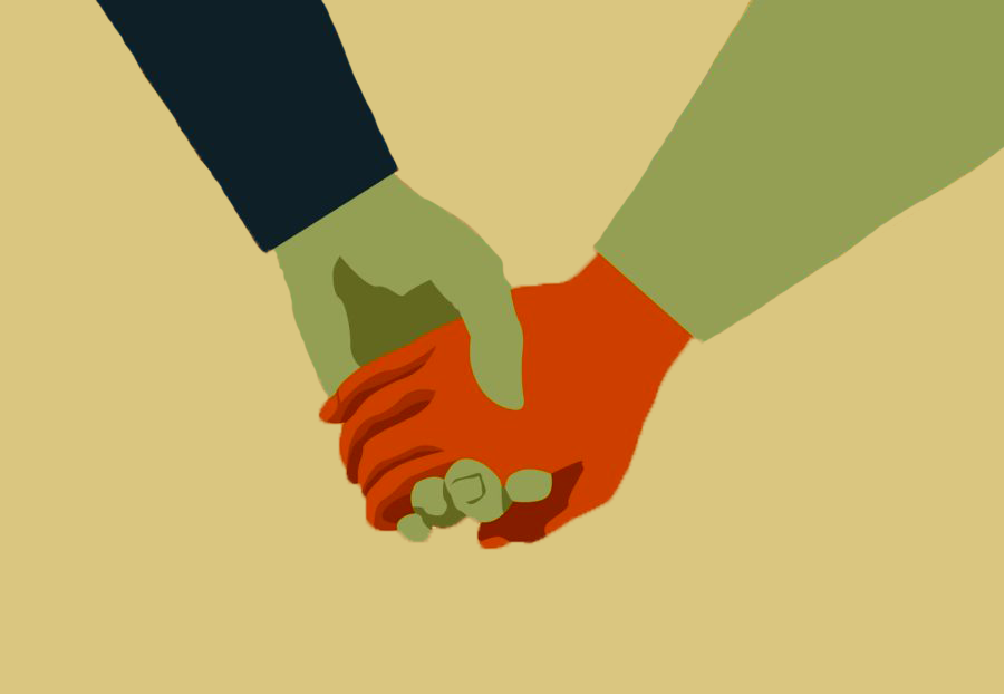At first glance, two fixtures of alcohol regulatory policy in Utah contradict the free market capitalist principals that are predominate in the United States.
Utah gets a lot of criticism, nationwide, for the nature of its liquor code. First, the state of Utah owns and operates all liquor and wine stores (the state defines all spirits, wine and beer with higher than a 3.2 percent alcohol content as liquor). In almost every other state in the nation, a private entrepreneur can open a liquor store wherever permits allow. Second, Utahns are presented with a system in which a statewide catalog determines the liquors available and what price they will be sold at. That means the market does not set prices, the government does.
There is a strong argument that liquor distribution in Utah is socialist. However, after looking a bit deeper, it isn’t that black and white.
Aside from 3.2 percent beer, the state operates all liquor dispensaries in highly populated areas. The state will license what are called “packaging agencies” in rural and resort areas. These agencies are designed to allow, after an application process that cannot be described as simple, access to liquor in communities that are remote and sparsely populated. Although a few exceptions to that norm exist, the system inherently prohibits an entrepreneur from opening a stand-alone liquor store in highly populated areas.
Although the system is not completely state-run, it is completely state-controlled. The state publishes a blue and green book containing prices of readily available liquor and wine. Although this looks like a centrally planned liquor economy, the reality is that 18 different “control states” have varying degrees of power over the distribution of liquor. However, the system in Utah arguably employs the most rigorous controls of any other control state.
What this system does is eliminate a large amount of competition, with the two-headed dragon of fixed prices for liquor and state operation of liquor stores in urban areas. The exception, 3.2 percent alcohol, is sold at market price. The virtually nonexistent competition in this state is a detriment to consumers and the prices they pay for alcohol.
Utah Department of Alcoholic Beverage Control spokesperson Sharon Mackay said that Senate Bill 187, a bill that passed the Senate on Monday making it illegal to pour drinks in plain sight at restaurant bars, could make liquor laws “more convoluted” and would institute “radical changes.” However, she said that to some extent, the green book-blue book systems can be detrimental to consumers.
The divide between legislative meaning and actual implementation can create policy that seems outlandish to the consumer. In a city that wants to be an air travel and convention destination of the Western United States, policy ought to steer responsible, profitable revenue generation.
How can Utah bridge its need for tax revenue and the moral interest for safe use of alcohol? First, we need to accept that people purchase alcohol less as a result of Utah’s liquor laws. That idea shouldn’t be too foreign, considering many lawmakers want to keep these laws intact for this reason.
Instead of completely reversing all our liquor policies, we should meet in the middle. Utah should extend TRAX and bus service to accommodate nightlife. We cannot hold the burden to the consumer, who might live in Sandy, to come downtown, spend money and have to choose between leaving early (last train leaves at 1:15 a.m.) or take a $60-plus cab home.
A publicly subsidized safe-ride program has been tried elsewhere and could provide free rides home in the immediate area and reasonable prices to outlying areas. These unconventional solutions are available to be considered to balance the need for tax revenue and the adherence to moral arguments for drinking responsibly.
House Bill 347, which passed earlier this month and will eliminate compulsory private club memberships, is a good first step in this process. However, it cannot be counterbalanced with a bill that moves us two steps backward. H.B. 347 helps Utah look forward in the same way that SB 187 will serve to keep Utah looking into the past.

Kiyan Sharifan








